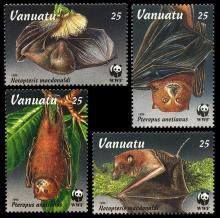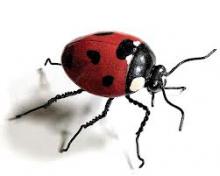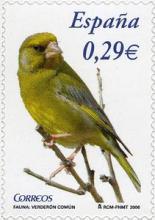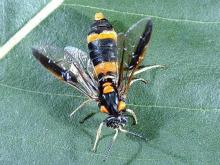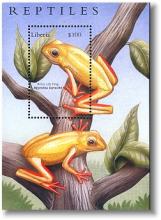Glyphosate suppresses the antagonistic effect of Enterococcus spp. on Clostridium botulinum
During the last 10–15 years, an increase of Clostridium botulinum associated diseases in cattle has been observed in Germany. The reason for this development is currently unknown. The normal intestinal microflora is a critical factor in preventing intestinal colonisation by C. botulinum as shown in the mouse model of infant botulism. Numerous bacteria in the gastro-intestinal tract (GIT) produce bacteriocines directed against C. botulinum and other pathogens: Lactic acid producing bacteria (LAB) such as lactobacilli, lactococci and enterococci, generate bacteriocines that are effective against Clostridium spp. A reduction of LAB in the GIT microbiota by ingestion of strong biocides like glyphosate could be an explanation for the observed increase in levels of C. botulinum associated diseases. In the present paper, we report on the toxicity of glyphosate to the most prevalent Enterococcus spp. in the GIT. Ingestion of this herbicide could be a significant predisposing factor that is associated with the increase in C. botulinum mediated diseases in cattle.




